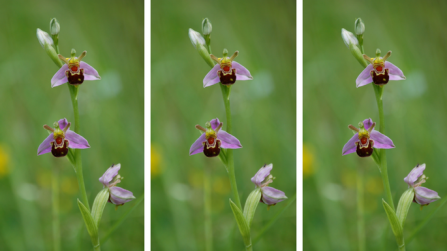
Our top 10 wildlife sightings for June

Bee orchids
These beautiful orchids are named after their flowers, which are said to resemble a bumblebee. Often orchid flowers resemble the species of insect that is needed to pollinate the flowers, but in the UK bee orchids self-pollinate.
You may find bee orchids at our nature reserves on chalk grassland in the Chilterns, such as Aston Clinton Ragpits or Warburg Nature Reserve.

Elderflowers
Masses of frothy white flowerheads cover elder trees in June. The flowers provide nectar for a variety of insects. Later in the year the masses of dark berries are eaten by birds and small mammals.
It was once believed that elder trees warded off evil spirits or witches, so they were planted near houses to keep them safe!
Chalk fragrant-orchids
Chalk fragrant-orchids are richly-scented, with a long, cylindrical flower spike. Aston Clinton Ragpits, near Wendover, is renowned for its striking display of thousands of chalk fragrant-orchids at this time of year.
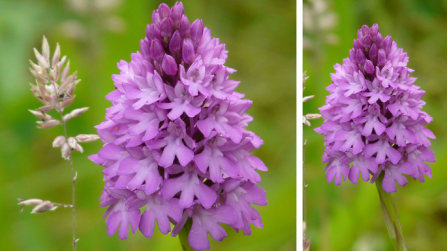
Pyramidal orchids
Pyramidal orchids are fairly widespread in the UK, you often see them growing in roadside verges as well as chalk grassland, their more typical habitat. The flower spikes have a distinctive pyramidal shape, made up of many individual flowers ranging in colour from pale to deep pink.
These orchids are pollinated by day- and night-flying moths, and butterflies.
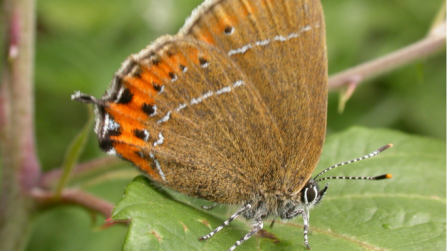
Black hairstreaks
Black hairstreaks are one of the UK’s rarest butterflies, found only in thickets of blackthorn in woodlands and along hedgerows, between Oxford and Peterborough.
They can be seen on several BBOWT nature reserves, including Finemere Wood, Rushbeds Wood, Whitecross Green Wood, Asham Meads and Bernwood Meadows. (Take care not to trample the wild flowers at these reserves when looking for butterflies.)
Black hairstreaks lay their eggs on mature blackthorn. BBOWT manages blackthorn hedges carefully so that there is always a variety of height and depth within a hedgerow, from new shoots to mature trees.
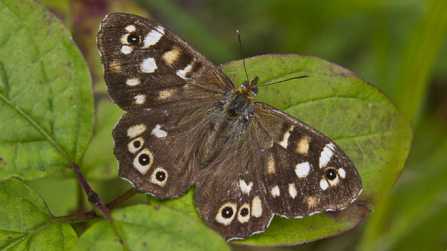
Speckled wood
In contrast to the black hairstreak, speckled wood butterflies are fairly common. Look for them flying in dappled sunlight in woodland.
The adult butterflies rarely feed on flowers, instead they feed on honeydew, which is a sweet liquid produced by aphids.
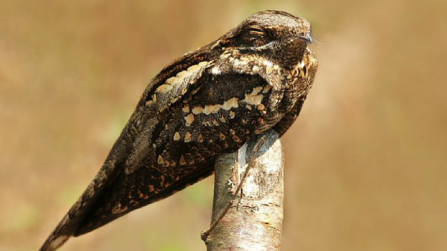
Nightjars
Nightjars migrate to the UK every year from sub-Saharan Africa to breed. They’re here from May to September and the best time to see, or more likely hear, them is now.
The birds are most active at dusk, when they catch flying insects in mid-air. The male nightjars call for mates by churring loudly from the tops of trees.
Listen out for them on heathland reserves like Greenham Common, Padworth Common and Wildmoor Heath.

Otter by Rob Appleby
Otters
Keep an eye out for otters if you’re walking along the River Thames this summer. The Thames Path through Chimney Meadows nature reserve is a good place to catch a glimpse of them, or spot their spraint. You might also see them as you walk through Cholsey Marsh, another riverside reserve.

Stag beetles
Look out for stag beetles flying around on warm evenings in June. These are one of our largest beetles. They’re named after the males’ large jaws, which are said to resemble the antlers of a stag.
The adults are short-lived (no more than a couple of months) but their larvae spend several years hidden underground where they feed on rotting wood. Look for them on woodland edges, in hedgerows, parks and gardens.
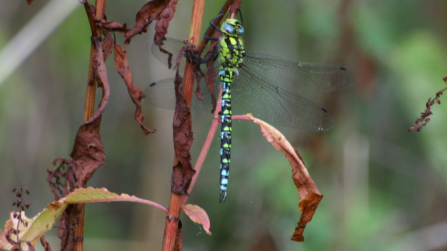
Southern hawker by Brian Walker
Southern hawkers
Southern hawkers are large dragonflies, which emerge from ponds as adults from June onwards. You may see them flying right through into the autumn if the weather is good enough.
They are a common dragonfly of ponds, lakes and canals, particularly near to woodland. Hawkers are the largest and fastest-flying dragonflies; they hover, catch their insect-prey mid-air, and can even fly backwards!
Stay up-to-date with our work
Sign up below to receive the latest news from BBOWT, tips about how you can help wildlife, plus information on how you can get involved.

